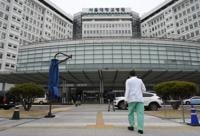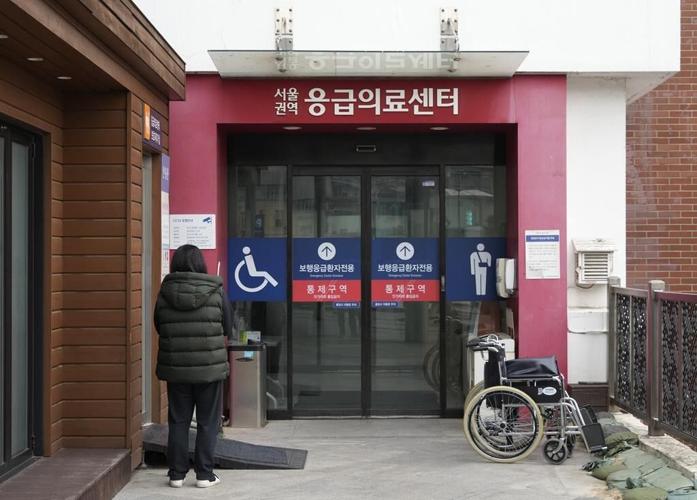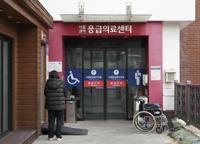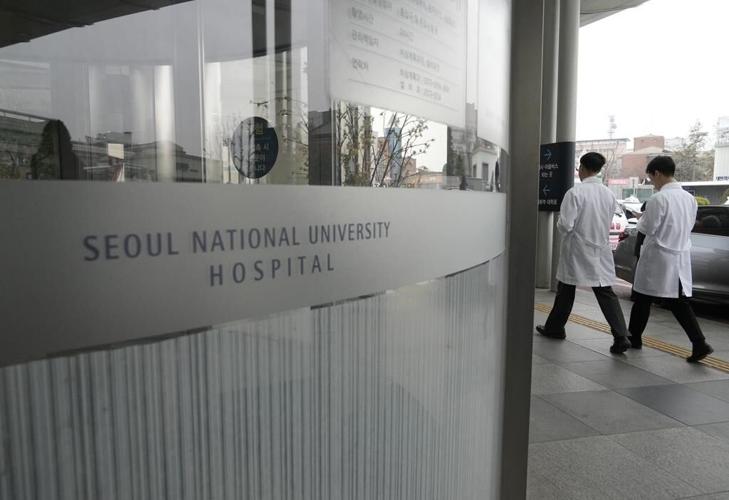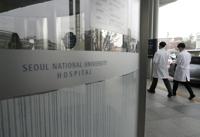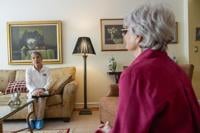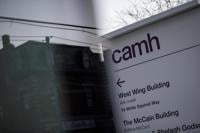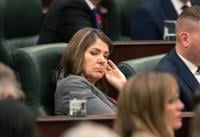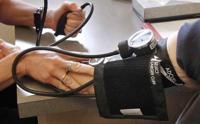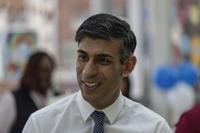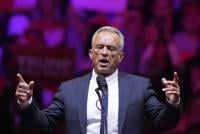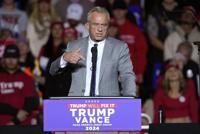SEOUL, South Korea (AP) — South Korea’s government made a last appeal to junior doctors to end a walkout, with hours left to go before the Thursday deadline on its threats to suspend medical licenses and prosecute the strikers.
Thousands of medical interns and residents have been on for about 10 days to protest the government’s push to boost medical school enrollments. Government officials have warned that strikers would face legal repercussions if they don’t return to their hospitals by Thursday.
As of Wednesday night, about 9,076 of the country’s 13,000 medical interns and residents were confirmed to have left their hospitals after , according to the Health Ministry.
Observers say many strikers are likely to defy the deadline, continuing the labor boycott for weeks or months. The government is expected to begin formal steps on Monday, as Friday is a national holiday.
“We’ve said that we won’t hold them responsible for leaving their worksites if they return by today,” Vice Health Minister Park Min-soo told a briefing. “Doctors are there to serve patients, and those patients are anxiously waiting for you. This isn't the way to protest against the government.”
Park said officials had invited 94 representatives of the strikers to a meeting on Thursday afternoon, using a mass text message. It's not clear if any doctors will attend, but Park said he would go to the meeting site and meet with anyone who showed up.
Starting March 4, the government will notify doctors who miss the deadline that it plans to suspend their licenses, and will give them opportunities to respond, senior Health Ministry official Kim Chung-hwan told the same briefing.
Under South Korean law, the government can order doctors back to work if it sees grave risks to public health. Those who refuse to abide by such orders can have their medical licenses suspended for up to one year, and also face up to three years in prison or a 30 million won (roughly $22,500) fine. Those who receive prison sentences would be stripped of their medical licenses.
Some observers say authorities will probably punish only leaders of the strike to avoid further straining hospital operations.
At the center of the dispute is a government plan to admit 2,000 more applicants to medical schools starting next year, a two thirds increase from the current 3,058. The government says it aims to add up to 10,000 new doctors by 2035 to cope with the country’s fast-aging population. Officials say South Korea's doctor-to-population ratio is one of the lowest among industrialized countries.
But many doctors reject the plan, arguing that universities aren't ready to provide quality education to that many new students. They also say the government plan would also fail to address chronic shortage of doctors in essential but low-paying specialties like pediatrics and emergency departments.
But their critics say the striking junior doctors simply worry about expected lower income because of the sharply increased number of fellow doctors. The government's plan is broadly popular with the South Korean public, according to a poll.
The country's 13,000 trainee doctors represent a small fraction of South Korea's 140,000 doctors, but they account for about 30%-40% of the total doctors at some major hospitals and perform many vital functions to support senior medical staff.
The doctors' walkouts have caused cancellations or delays to several hundred surgeries and other medical treatments at their hospitals, according to the Health Ministry. The ministry says the country's handling of emergency and critical patients remains largely stable, as public medical institutions extended their working hours and military hospitals opened their emergency rooms to the public.
But observers say if senior doctors join the trainee doctors' strikes, South Korea's medical service would suffer serious damage. The Korea Medical Association, which represents the country's 140,000 doctors, has said it , but hasn’t yet decided whether to join the walkouts.


